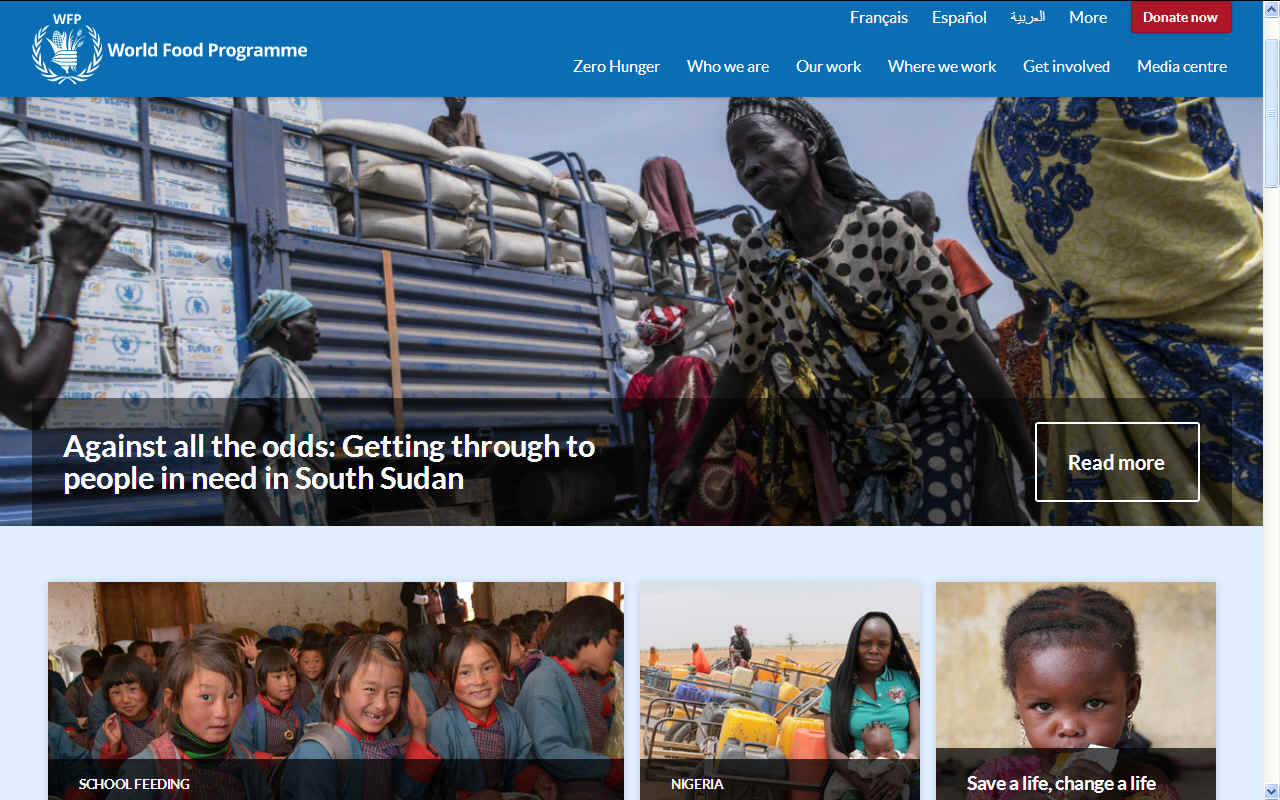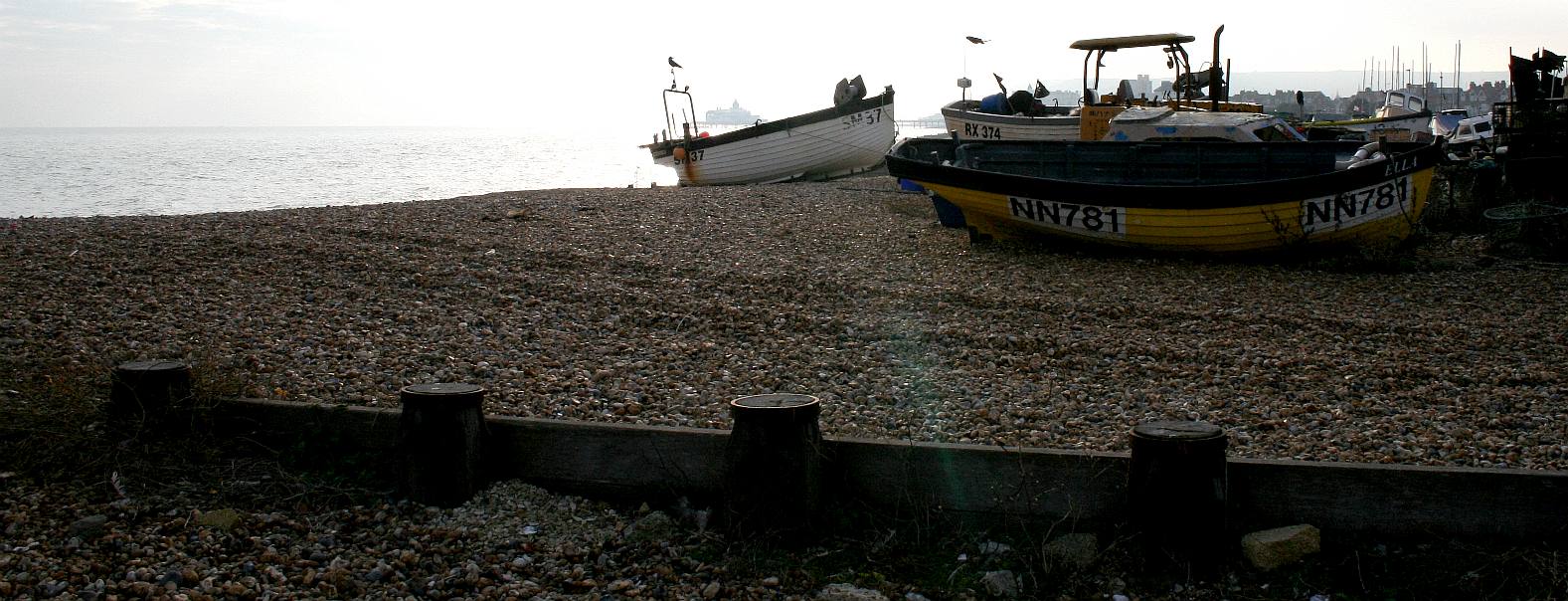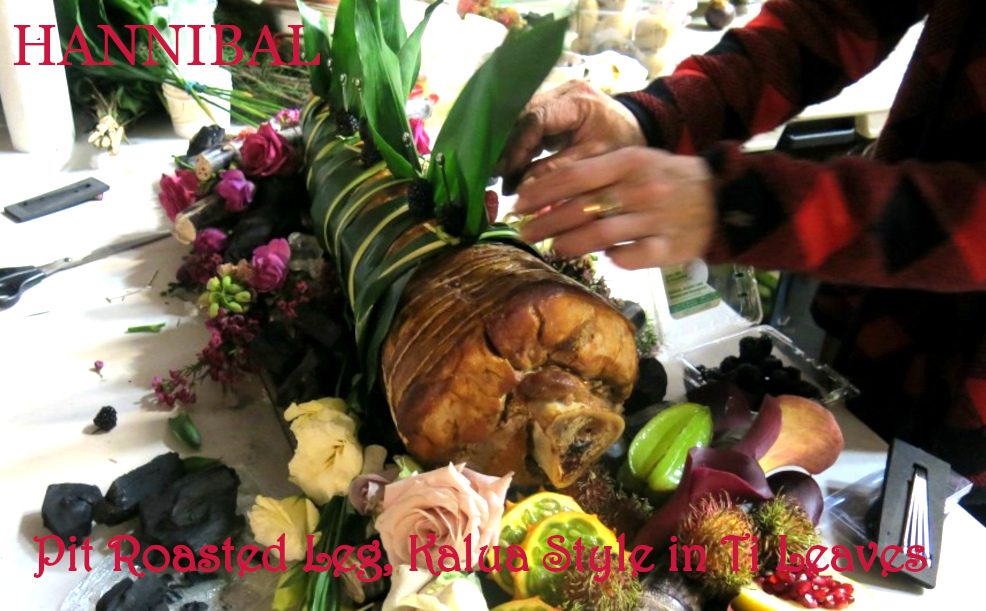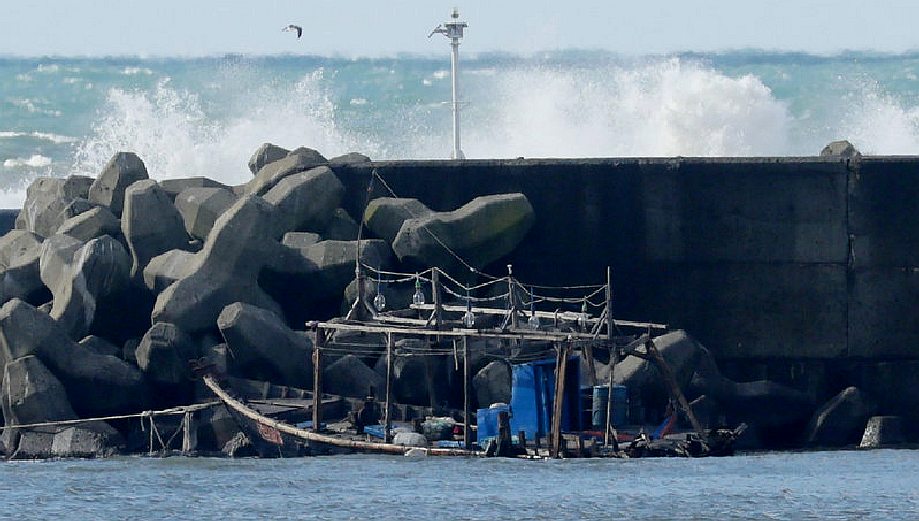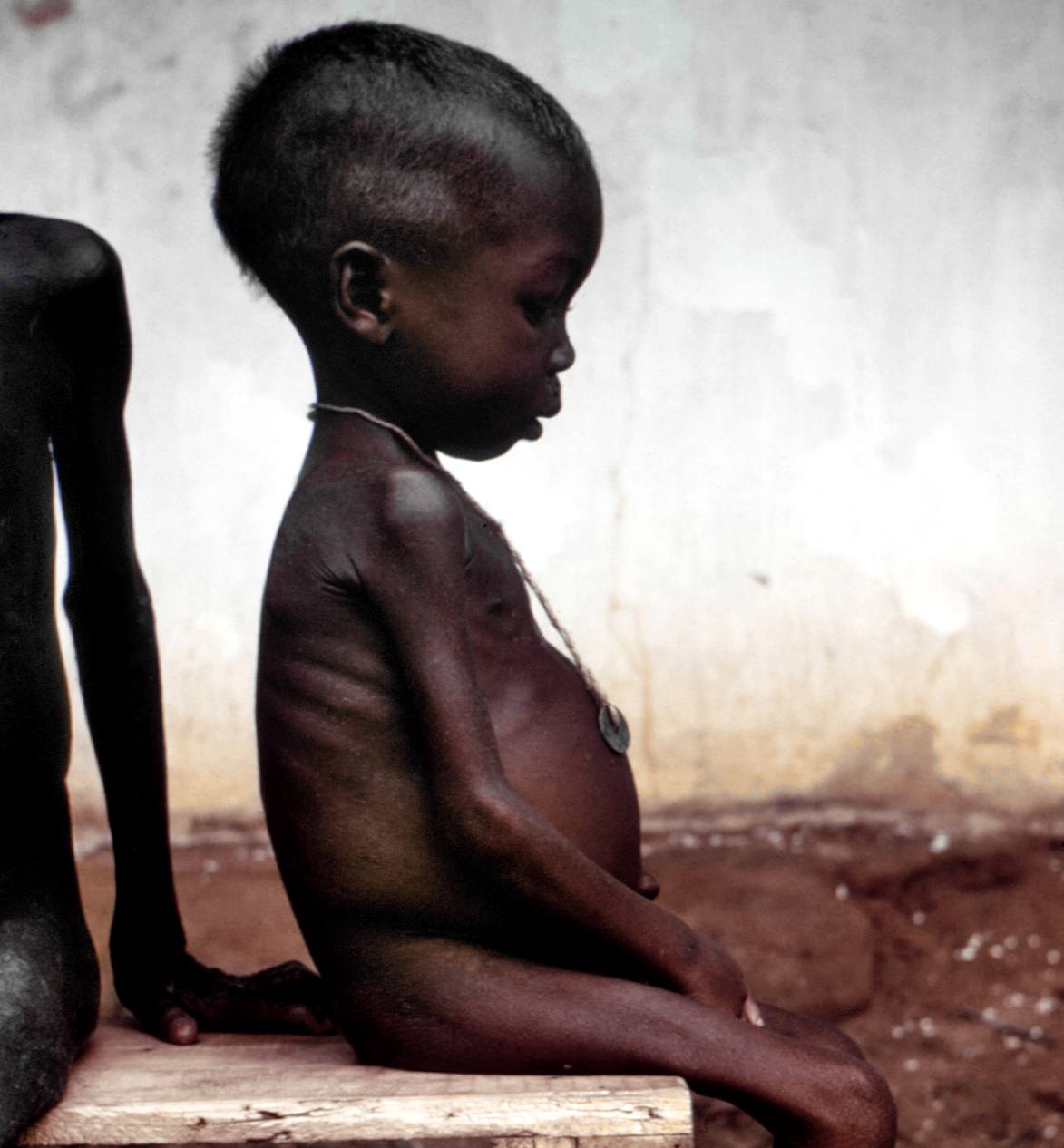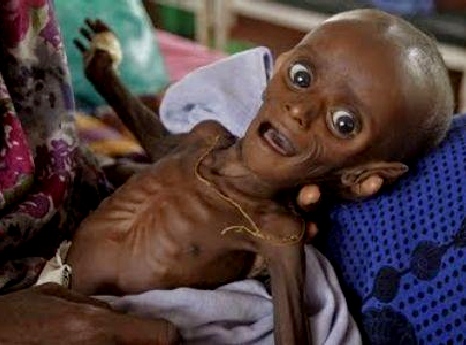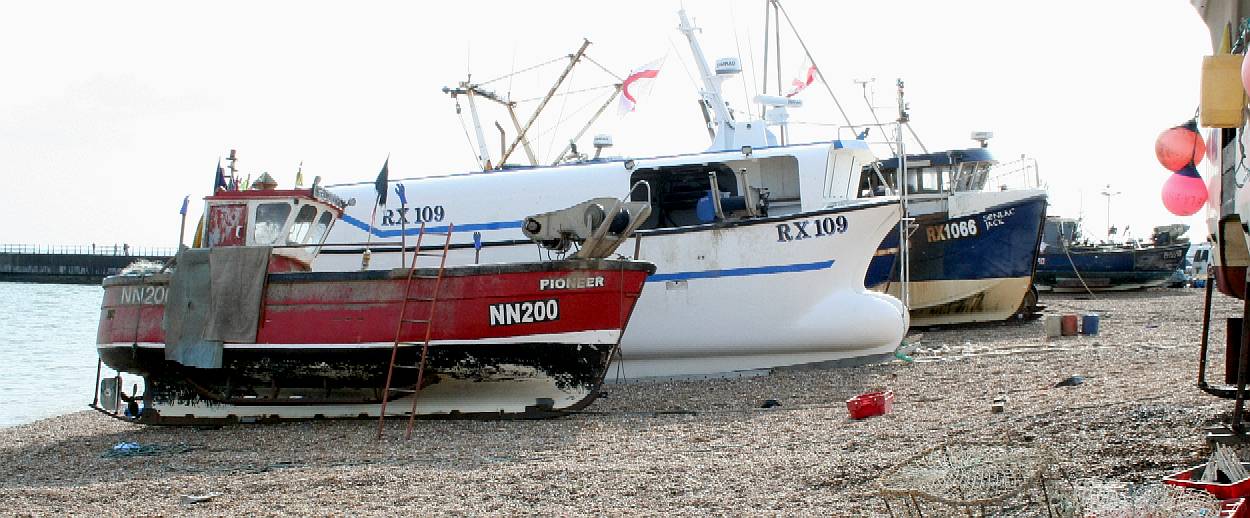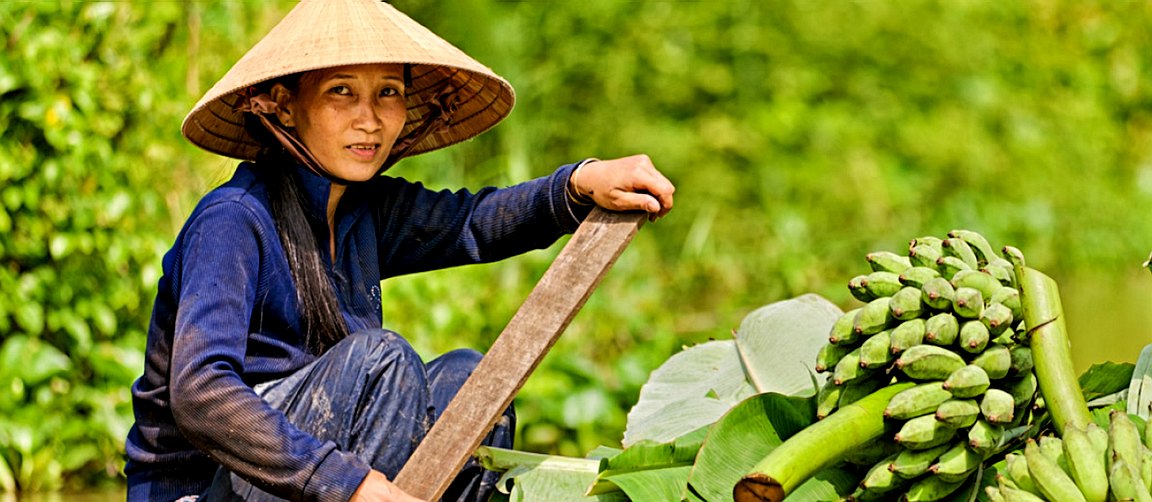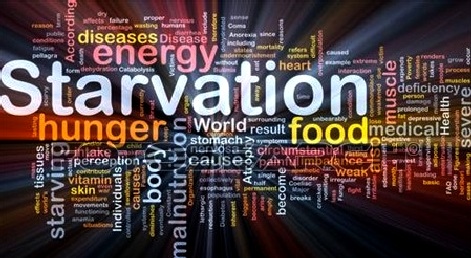|
HUNGER, STARVATION & DEATH
ABOUT - CLIMATE - DESERTS - FORESTS - NATIONS - HOME - HYDROGEN - OCEAN PLASTIC - WHALING PLEASE USE OUR A-Z TO NAVIGATE THIS SITE
GLOBAL WARMING - "Climate change is increasing the frequency of climate-related disasters, creating greater risks of hunger and the breakdown of food systems. The World Food Programme is working with governments, international partners, researchers and local communities to analyse and understand the impacts of climate change. Through programmes, innovations, policy and technical support we are helping those most at risk to become climate resilient and food secure."
EASTBOURNE - An example of a beach that is only used by a small number of fishermen is Eastbourne where there is an extant Fisherman's Agreement, but where it appears that the present system is not working. Most local fishermen are now work mainly from Sovereign Harbour where berthing fees add cost to fish and where waning fish supplies mean imports and aquaculture - making a nonsense of traditional values.
As food supplies fail to meet the demand for our increasing population what will we tell those who are dying of starvation?
Will we tell them that it was pointless trying to provide for them and that the circular economy we are aiming for was just a dream?
Will that alleviate their suffering before they pass away?
Or, will we actually put in place a plan for a secure food future?
FEEDING
HANNIBAL - After three seasons of masterfully cooked limbs and beautifully filmed cooking scenes, NBC’s dark drama Hannibal came to a close in 2015. For a franchise about a sociopathic psychologist who murders and serves his kills to honored guests, Hannibal is the most food-centric adaptation of Thomas Harris’s four-part novel series. (Celebrity chef José Andrés served as the show’s culinary consultant.) With mouthwatering shots of dishes like foie gras au
torchon, beggar’s clay chicken, south Indian kudal, whole ortolans and stuffed heart (from what or whom, we’ll never know), the program features the same visual prestige of visually stunning cooking shows like Mind of a Chef and Chef’s Table.
The show’s food stylist, Janice
Poon has created the show’s official cookbook, Feeding Hannibal: A Connoisseur’s Cookbook.
DEFINITION
Food security is a measure of the availability of food and individuals' accessibility to it, where accessibility includes affordability.
SUSTAINABILITY
If we really mean to provide food sustainably we need to address many issues to improve agriculture, where agriculture includes fisheries. We need to plan ahead and develop technology that at the moment we think that we may not need - because a miracle will save us - and everything will be alright.
What is likely to happen is that if we fail to prepare, then we should at least prepare for failure. In this case failure is starvation for millions.
If it is that "chance favours the prepared mind," we say that steps should be taken to repair our oceans. We must stop pouring waste into the sea and we must do something to regenerate the water that gives us life.
GHOST FISHING BOATS JAPAN - The wreckage of a boat is seen along a sea wall in Yurihonjo in Japan's Akita Prefecture. A number of boats thought to be from North Korea — including some carrying dead bodies — have washed up the Japanese coast in recent weeks. The numbers and condition of the crews of these boats is suggestive that something is seriously amiss in North Korea food wise.
WHAT IS STARVATION ?
Starvation is a serious form of malnutrition characterized by a deficiency in nutrients, vitamins, and energy. People can experience this as a result of food deprivation or because of diseases. If the underlying cause is not corrected, starvation can lead to death. Historically, starvation has been a significant problem in many human cultures and it continues to be one today in some regions of the world. The diminishing returns from our fisheries is likely to lead to more suffering if we cannot boost production on land or with safer and sustainable aquaculture, to make up the difference.
People can experience starvation because of war, famine, and other social and political factors which make it difficult to access food. Disorders such as marasmus, in which people do not ingest enough energy sources, or kwashiorkor, in which there is a deficiency in protein, can develop into starvation. These conditions are common when food supplies are disrupted, forcing people to eat a diet which is not very diverse and may also be limited in terms of overall volume as well.
In the long term, starvation can cause stunted growth and organ damage as the body slowly turns to reserves of stored energy in the fat and muscles. Malnutrition in general also increases susceptibility to infection because the body's immune defenses are weakened. Ultimately, the patient will die of lack of food, an infection, or complications related to the nutritional deprivation.
DEFINITION - Starvation is the result of a severe or total lack of nutrients needed for the maintenance of life. Adequate nutrition has two components, necessary nutrients and energy in the form of calories. Although all foods are a source of energy for the human body, it is possible to consume a seemingly adequate amount of food without getting the required minimum of energy (calories). For example, marasmus is the result of a diet that is deficient mainly in energy. Children who get enough calories, but not enough protein have kwashiorkor. This is typical in cultures with a limited variety of foods that eat mostly a single staple carbohydrate like maize or rice. Causes and symptoms Starvation may result from a number of factors. They include: anorexia nervosa, coma, stroke, inability to obtain food, severe gastrointestinal disease. Characteristic symptoms of starvation include: shrinkage of such vital organs as the heart, lungs, ovaries, or testes, and gradual loss of their functions, chronic diarrhea, anemia, reduction in muscle mass and consequent weakness, etc.
STARVATION STATISTICS
According to estimates by the UN's Food and Agriculture Organization there were 925 million under - or malnourished people in the world in 2010. This was a decrease from an estimate of roughly 1 billion malnourished people in 2009. In 2007, 923 million people were reported as being undernourished, an increase of 80 million since 1990-92. It has also been recorded that the world already produces enough food to support the world's population.
Each year over 10 million children die of hunger related issues, disease and complications.
Each day about 30,000 children day.
It is so huge a problem, it has caused more victims that the atomic bombs dropped on both Hiroshima and Nagasaki together, in fact hunger and starvation cause similar numbers like dropping the bomb this size every 3-4 days in a bigger city.
This trend is likely to reverse as world population grows and climate change kicks in to damage agricultural output. Completion for land for buildings is absorbing agricultural land where there is no mechanism to reserve greenbelt and some governments, such as in the UK, are encouraging building to bolster other economic deficiencies and create jobs.
THE STADE - The famous Sussex beach has a steep slope lead in that is ideal for launching, followed by a more gently inclined beach that is ideal for beaching. What is so fascinating about the boats here is the variety of designs all to tackle the awesome task of launching a medium weight vessel from the beach and then recovering it - as economically as possible. As part of our lighting feasibility study, this is the place to start, to see how hundreds of practical fisherman and marine engineers have risen to the challenge. Copyright © May 29 2016, all rights reserved. You will need permission from Bluebird Marine Systems Ltd to reproduce this photograph.Through food security analysis and monitoring, WFP provides actionable food security information for each country in which it works. By combining traditional assessment methods with advanced and emerging technologies, WFP is able to identify food insecure populations around the world, and to establish the underlying causes of food insecurity.
MAIN BLUE GROWTH AREAS
5. Ocean Regeneration - cleaning our oceans to preserve the resource and cleanse the toxic food chain 6. Aquaculture - now generates around 50% of world produce, mostly subject to wild fish feed 7. Ocean Energy - offshore wind and wave energy for clean power 8. Biotechnology - Identifying, harvesting and producing medicines 9. Coastal Tourism - To engage the public in ocean matters and reduce air travel 10. Green Ships - Cargo and cruise ships that are cleaner, preferably zero carbon
WORLD FOOD PROGRAM - Through food security analysis and monitoring, WFP provides actionable food security information for each country in which it works. By combining traditional assessment methods with advanced and emerging technologies, WFP is able to identify food insecure populations around the world, and to establish the underlying causes of food insecurity.
LINKS & REFERENCE
How many people died 2012 die of hunger and starvation each day and year medical-dictionary-the-freedictionary-starvation http://medical-dictionary.thefreedictionary.com/starvation http://www.fao.org/sustainability/en/
This website is provided on a free basis as a public information service. Copyright © Cleaner Oceans Foundation Ltd (COFL) (Company No: 4674774) 2022. Solar Studios, BN271RF, United Kingdom. COFL is a charity without share capital.
|
